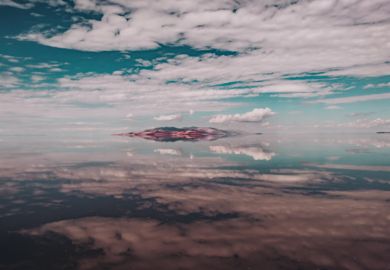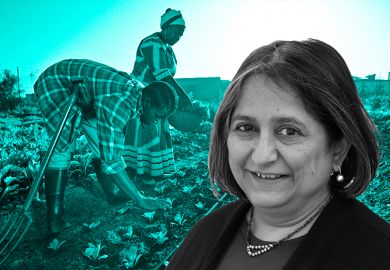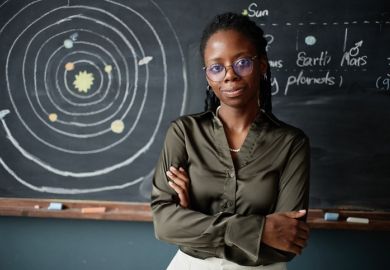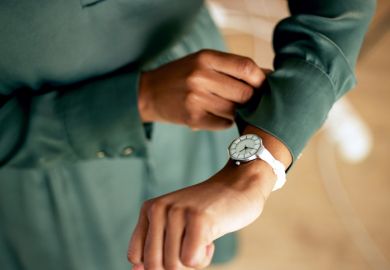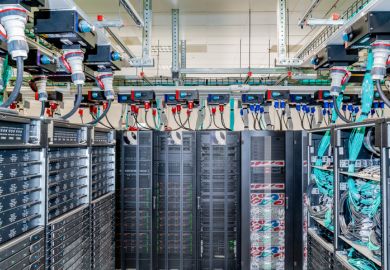When Nathan Sentance first visited Australia’s oldest library, a grand sandstone structure next to Parliament House in Sydney, he loved it. But he felt out of place.
“You have to go past the security guard,” the indigenous librarian said. “The first thing you see when you enter some of these spaces is portraits of colonial figures. I found all that a bit intimidating. I remember getting a job interview there, and nearly not going in.”
An establishment feel is not the only factor that alienates indigenous people from libraries. Some texts and artefacts seem astonishingly antiquated and offensive in their portrayal of Aboriginal Australians. Some have been displayed without the traditional owners’ informed consent. Others have been hidden away on the mistaken assumption that exhibiting them would be an act of cultural appropriation.
Now, Australia’s oldest university library has introduced what it describes as the first indigenous cultural protocols of their type, to tackle these complex problems in an academic setting.
The new conventions address issues such as access to cultural information, acknowledgment of cultural custodianship and interpretation of “inaccurate and outdated” material. They restrict access to “secret or sensitive” materials and prohibit the library acquiring new works about indigenous Australia by non-indigenous authors, unless the communities involved have provided informed consent.
The library will also challenge “misrepresentations” in its collection by providing historical contextual information about material created by non-indigenous academics without Aboriginal input.
Mr Sentance, who is head of collections at Sydney’s Powerhouse Museum, spent several years developing the protocols as a part-time consultant to the University of Sydney Library. The aim, he said, is not to bury anything deemed offensive.
“Offensiveness is a judgement call,” he said. “Outdated and offensive material can be damaging, but also potentially useful. We don’t want it to be closed away, but we want to make users aware of the context it was created in.”
The protocols provide for a “first nations reference group” to help advise on such matters and to ensure that library users are forewarned about potentially distressing subject matter. References to massacres, for example, are “important information to have readily available. It’s about preparing people for when they engage with that material.
“The preference would be for open access to this stuff unless there’s a strong consensus that it may contain secret or sacred ceremonial information. These conversations can be messy but they’re good to have – to start relationships, and just to let the community know some of this material exists.”
An early task will be to audit the library’s 3 million printed works looking for indigenous information that may have been forgotten or overlooked, particularly in the legacy theses and rare books collections.
Mr Sentance said that the Sydney library approach had been adapted from decades-old work including protocols developed by the Aboriginal and Torres Strait Islander Information and Library Resource Network in 1995. But his research suggested that these conventions were too broad for an academic library setting, and many librarians were unaware of their existence.
Jennifer Barrett, Sydney’s pro vice-chancellor indigenous (academic), said general awareness of indigenous students’ needs – in libraries and elsewhere – had increased alongside the decolonisation movement. Australia’s change of government had accelerated things, with new prime minister Anthony Albanese pledging to pursue changes to the constitution to enshrine an indigenous voice in parliament.
“If we’re working towards having a voice, a proper acknowledgement of where knowledge has come from – and also, who benefits from that knowledge – is really important,” Professor Barrett said.
As “places where knowledge is collected and stored”, and authoritative sources for people creating new knowledge, university libraries needed to ensure that their information about indigenous people was comprehensive, accurate and “culturally responsive”.
“My sense is that we will have a reckoning with a lot of cultural institutions, including universities and libraries, around how knowledge has been revered – or not – in relation to Aboriginal and Torres Strait Islander peoples.”
Register to continue
Why register?
- Registration is free and only takes a moment
- Once registered, you can read 3 articles a month
- Sign up for our newsletter
Subscribe
Or subscribe for unlimited access to:
- Unlimited access to news, views, insights & reviews
- Digital editions
- Digital access to THE’s university and college rankings analysis
Already registered or a current subscriber?

